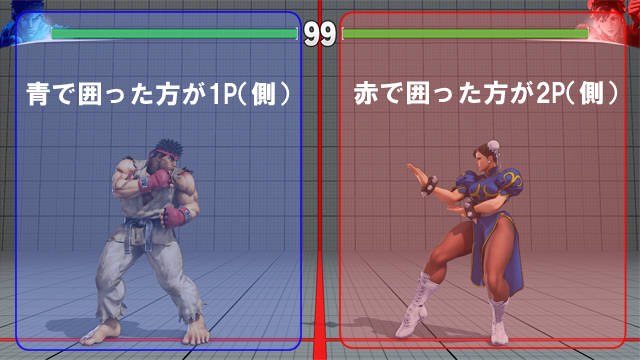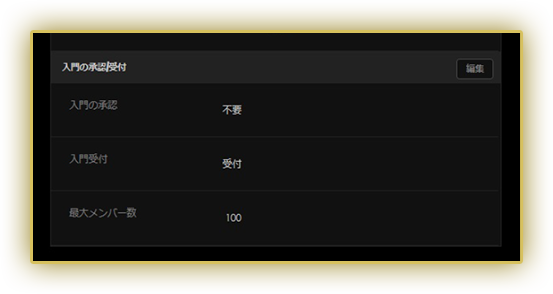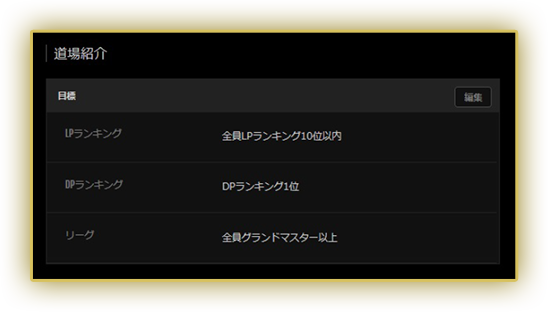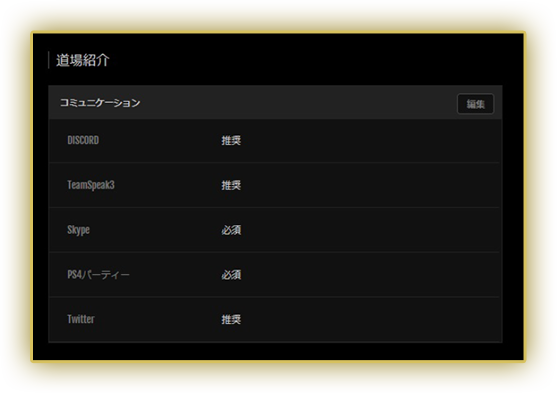Hour 2: Basic Rules and Knowledge #1
Today we'll talk about win/lose conditions and the basic game screen.
How to Win
In most Street Fighter games, the first person to take two rounds is the winner, but keep in mind that players and arcade owners can change this setting depending on the game.
Since you have to take two rounds from your opponent, even if you lose a round it's okay, so long as you can win two.
Taking Rounds
1. Defeat the opponent within the time limit 2. Have more health than your opponent when the time limit is up

Health Gauge: The Basics
The character's health is represented by the green bar in the upper part of the screen.
You may hear this referred to as health or life, but don't get confused! They're the same thing.
 Health bars decrease and when it goes below zero, the round is over.
Health bars decrease and when it goes below zero, the round is over.When the round begins, both fighters start with maximum health, and any health lost in the previous round is regained for the new round.
While the length of the health bar is the same for all characters, each character has a set amount of health.
For characters with lower health, they'll take the same amount of damage from attacks but their health gauge will decrease much quicker.

As previously stated, you can win a round if you have more health than your opponent when the time limit is up.
To put it into numbers, if you have a 1000 health character with 20% health remaining, fighting an 800 health character with 22% health remaining, the character with 800 health will win because they have a higher percentage of health remaining.
Remember that!

We usually don't say stuff like "I have about 100 pixels of health remaining."
An important note, if your health is right at zero, the round will continue!
This is very important to remember! In fighting games, even if you're stuck at zero health, you can still make a comeback, so don't give up and keep giving it your all!
Draw Games
Well, let's explain that, because it can get pretty confusing! We call that situation a draw game, but depending on the title it's handled differently.
In a draw game occurs in the final round of the match, usually both players will lose and no winner is declared.
In the first game of the series, the challenger would stay on if a draw game occurred, but in general both players will lose.
In the arcade versions, the game is over for both players.
the game is over for both players.
Street Fighter II: No winner is declared, and the next round begins.
Street Fighter III: The judge girls come out and declare a winner based on the performance of each player.
Street Fighter V: Both players are declared winners, and the next round begins.
 The cute judge girls from Street Fighter III. They'll declare the winner of a draw game.
The cute judge girls from Street Fighter III. They'll declare the winner of a draw game.The rules greatly differ depending on the game.
In Street Fighter II, the rounds increase, but in Street Fighter IV and V they decrease.
Street Fighter III doesn't have draw games at all!
And in Street Fighter II, if enough draw games occur, a sudden death round is played.
Character Positioning
You may hear in conversations about Street Fighter stuff about "player 1/2 side", but this is usually what they're referring to. It's kind of like the red and blue corners in boxing.

Player sides are predetermined at the beginning of the fight, and do not change until the match is over.
While characters may switch sides repeatedly during a match, important information such as their health gauge and messages about counterhits, etc., will not switch during a match.
Now, sometimes when people are talking about Player 1 and 2, they're not talking about sides, but about the actual character position.
 Messages differ depending on the title, but you'll often get notices about things you pull off during a match.
Messages differ depending on the title, but you'll often get notices about things you pull off during a match.We'll explain this at a later time.
Many people will say that fighting games have a lot of different systems, and you can't have fun without understanding them, but that isn't the case at all!
These systems are simply to create more depth to the game; beginners only need to know the simple basics to enjoy the game.
Learning the Lingo: Round Calls
"Best of XXX"
This is used in sports as well, but when we say "Best of 3" we really mean the first to get two wins.
Some people like to play sets of matches, and you'll often hear the term "First to XXX", and that means the first person to win an agreed number of matches.
If you're reading online articles or comments, they'll often abbreviate this as "FT XXX", with the XXX being the number of wins required to win.
Learning the Lingo: Perfect
Learning the Lingo: Player 1, Player 2
This should be easy to understand in context though.
Examples
"I can only perform a Shoryuken on the Player 1 side"
"This combo only works when your opponent is in the Player 2 corner"
There's still a lot of ground to cover, and while the basics might be a bit boring to slog through, just take it at your own pace!

























 PlayStation および
PlayStation および
























